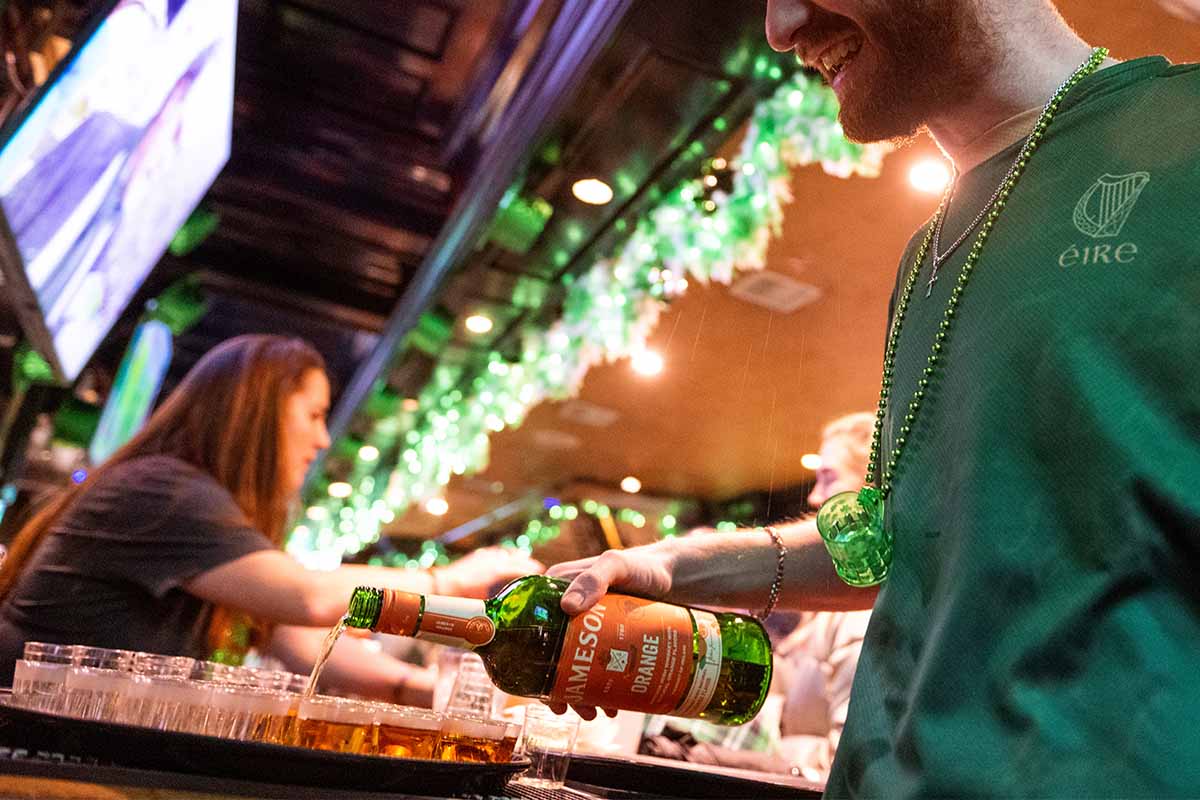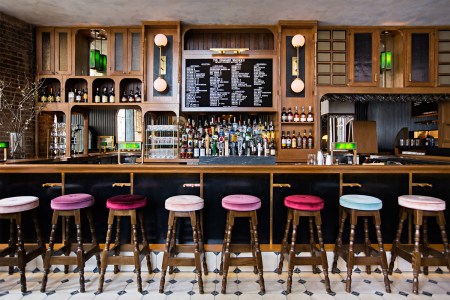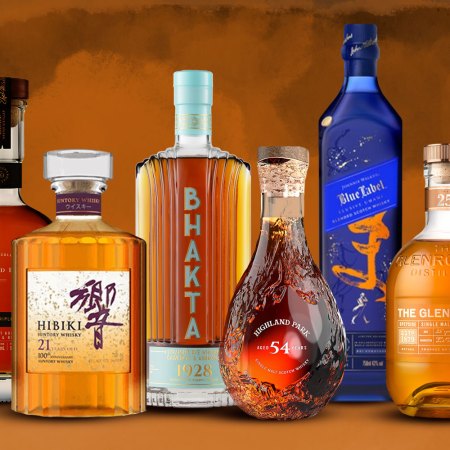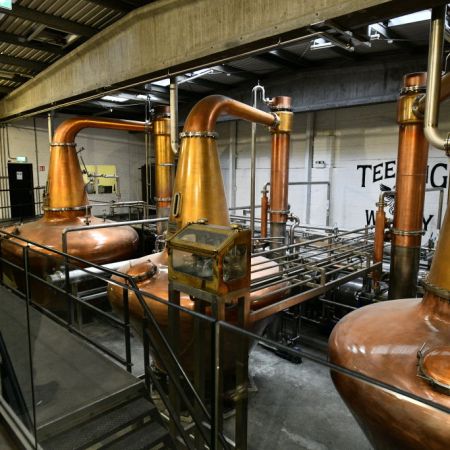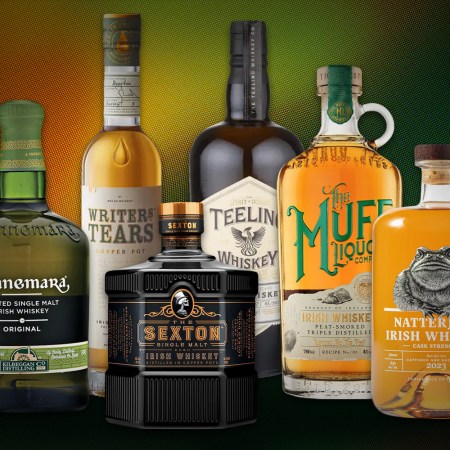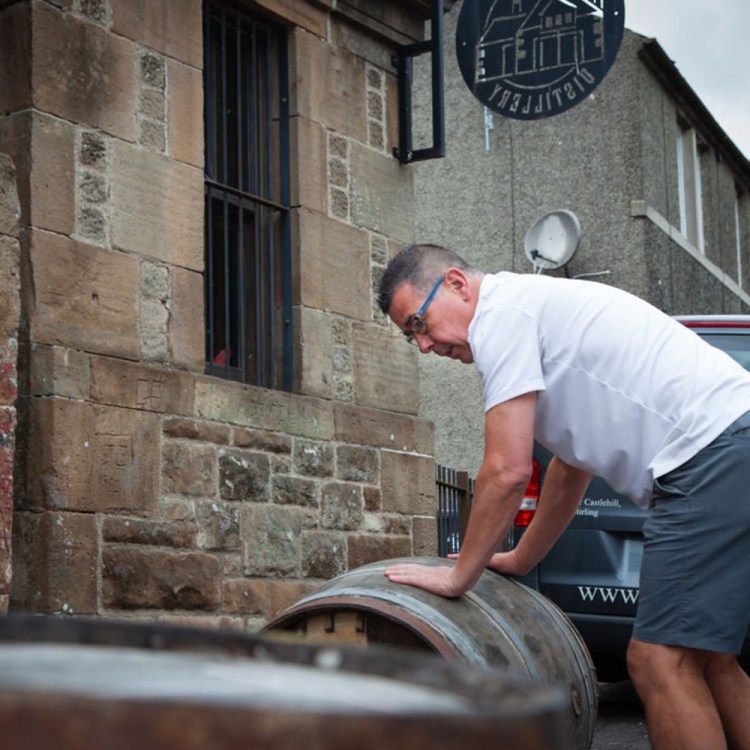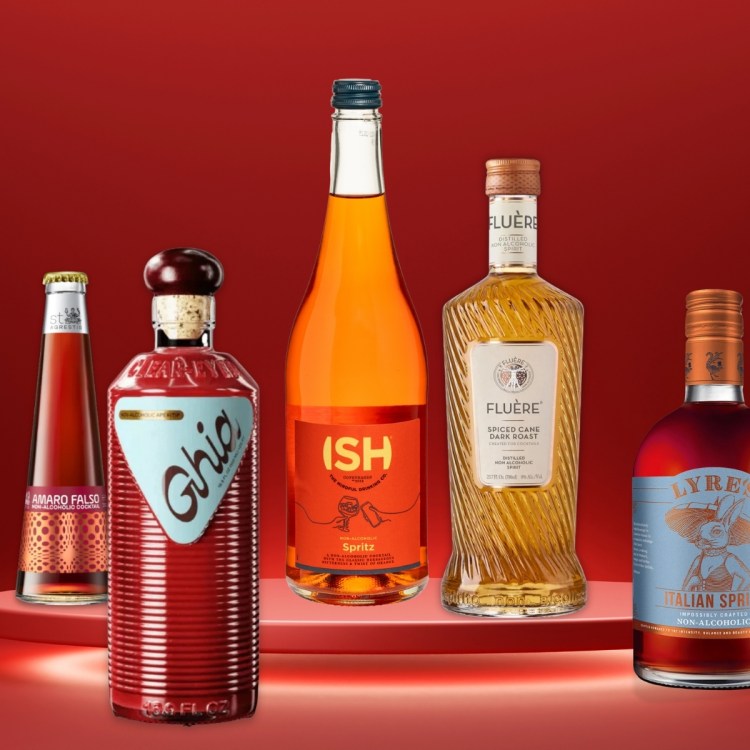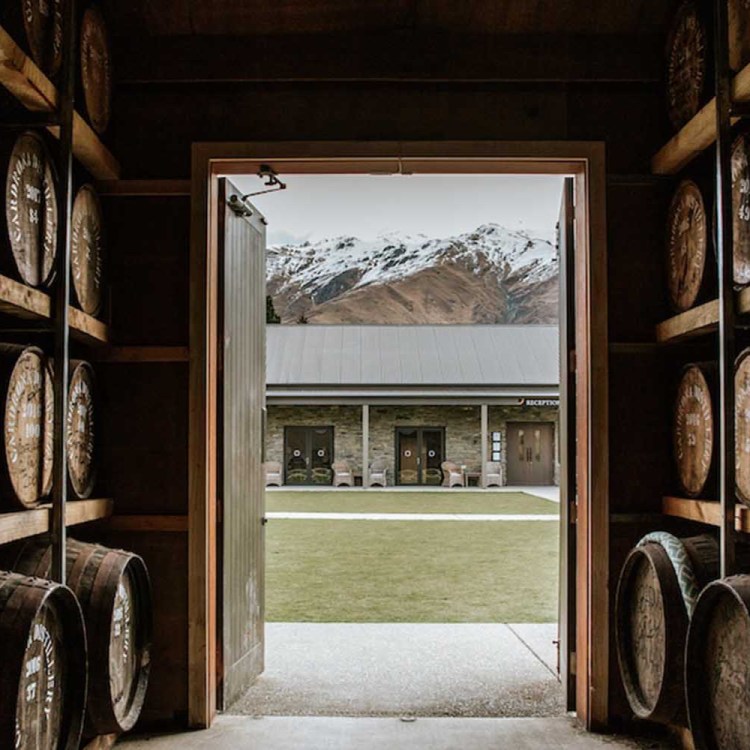Irish whiskey owns St. Patrick’s Day in the United States. For roughly two and a half weeks in March, it’s the spirit of choice for dive bar denizens desiring a shot or the liquor store shopper seeking the ideal bottle to go with corned beef and cabbage. These scenarios put Irish whiskey top of mind, making it easy to buy and even easier to promote.
Then the other forty-nine-and-a-half weeks happen. Irish whiskey shrinks from the spotlight, but it never goes away. This provides a unique quandary faced annually by those that distill, distribute, promote and sell the Irish whiskey to thirsty Americans. The spirit’s an easy sell when everything’s green. But how do they keep it top-of-mind when the world returns to normal?
Important, But Not Singular
Irish whiskey brands know St. Patrick’s Day is crucial for the American market, much more than other international markets. Savvy brands use the month leading up to March 17 not as a singular platform for their brand, but as a launching pad for long-term strategies. “St. Patrick’s Day gives us a good start to the year, but you can’t just hang your hat on it,” explains Kevin Pigott, Tullamore D.E.W. Global Brand Ambassador for William Grant and Sons. “You need to have a year-long plan for your brand that is 360 degrees in its approach to ensure you find relevant moments to talk to your clients.”
This plan typically scrutinizes the calendar for ideal holes for Irish whiskey to plug: The holidays for gift-giving and family get-togethers; post-holiday winter months where Irish Coffees or Hot Toddies flow; sports playoffs when the fan needs a drink to celebrate or mourn. Brands also stay focused on whiskey clubs and societies that gather and take deep dives into brands, from their history to their distilling process. These instances are particularly special because they allow brands to get much nerdier than they’re allowed to in their St. Patrick’s Day campaigns. “The day itself focuses more on celebration than education,” Pigott states. “When you are hosting a whiskey tasting with a certain type of connoisseur audience, you find the technical elements are easier to discuss.”
Where an Irish Whiskey Founder Drinks When He’s in NYC
Alex Conyngham of Slane shares his favorite bars, some with an Irish connection, others with world-class whiskey collections, or bothThe New Brands
St. Partick’s Day gives established Irish whisky brands the opportunity to shine. For newer brands, this can produce a glare that interferes with their ability to let imbibers know they exist. “The problem with St. Patrick’s Day is that much larger companies can spend much more money than smaller or newer brands,” explains John Cashman, Head of Brand at Powerscourt Distillery in Wicklow, Ireland. “It’s easy for a small or new to get lost in the mix.”
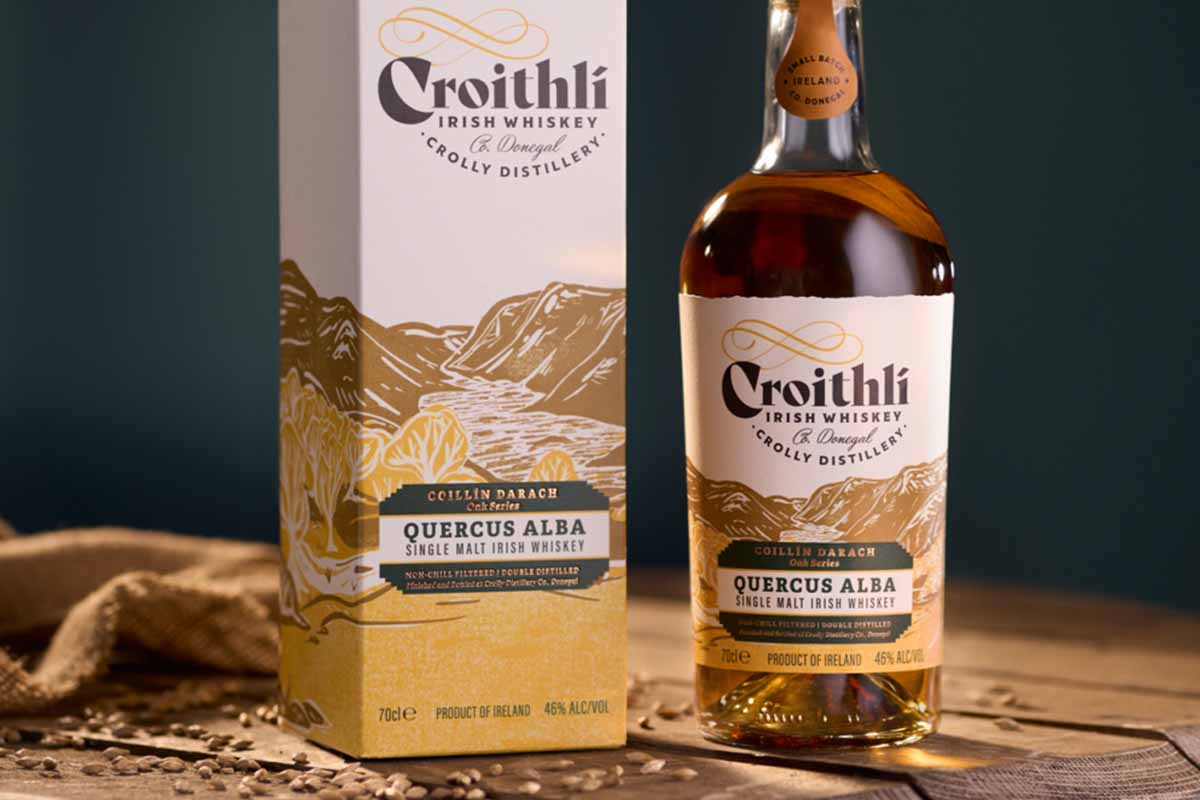
To mitigate obscurity, new brands put substantially more stock in the rest of the calendar. Powerscourt brought their blended Irish whiskey Fercullen Falls in March – technically in time for St. Patrick’s Day – but treated the unofficial holiday like a blip. Another new-to-market Irish brand, Croithli, debuted its trio of whiskies to the U.S. market in September. The late launch allowed them to focus on the upcoming holidays, but it also allowed them to reach their desired audience without St. Patrick’s Day revelers getting in the way. “We’re not targeting people looking for Irish whiskey, but we’re targeting those interested in whiskey that comes from Ireland,” explains Brendan McBride, Commercial Director for Crolly Distillery, the Donegal, Ireland distillery producing the Croithli line. “There is a big difference between the two groups.”
The View from the Bar
Bars are the epicenter of St. Patrick’s Day revelry, and they spend plenty of energy hyping the date to optimize business. But they can also act as educational hubs, positioned to highlight Irish whiskey excellence the rest of the year. Some bars take this latter opportunity to their zenith.
In New York’s Financial District, award-winning Irish pub The Dead Rabbit treats Irish whiskey as the core pillar of its beverage program, an ideal fortified through a wealth of year-round classes and events built around the spirit. Such activities are on-brand — they are an Irish pub, after all — but they also tie into a philosophy that the roughly 120 different Irish whiskey brands adorning shelves deserved to be discovered and imbibed regardless of what the calendar says. This compels the bar to almost take on the role of a brand ambassador. “We almost feel there’s a responsibility for us to promote and celebrate Irish whiskey as a whole,” explains Mark McLaughlin, The Dead Rabbit’s Director of Irish Whiskey. “We’ll talk to brands directly to see what their U.S. plans are, but we’ll also discuss how we can promote their brands in our bar.”
This promotion is important to McLaughlin because it goes well beyond the label. “We’re championing flavors and flavor profiles as well as the brands,” he says. “Today, you’re seeing more players and new flavor profiles on the market. This is allowing the category to expand in many ways.”
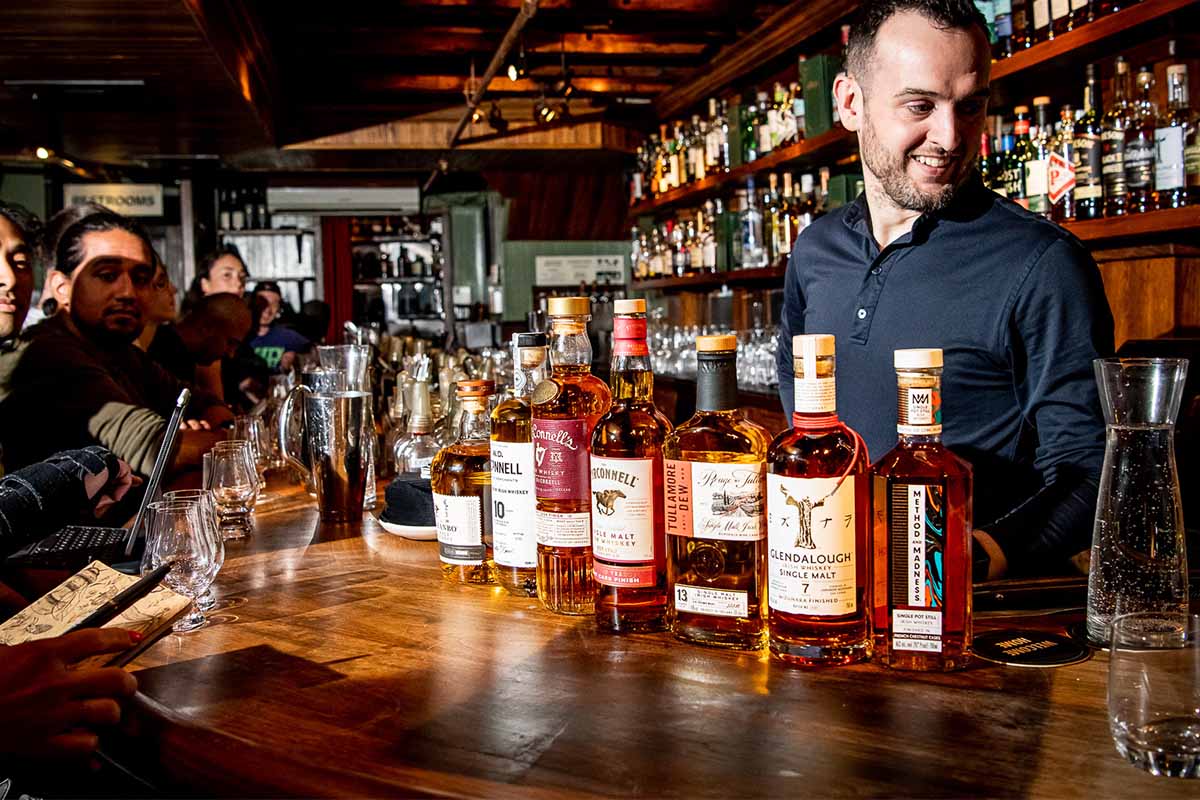
A Bright Future
The strategies to push Irish whiskey year-round seem to be working. According to the Distilled Spirits Council (DISCUS), the Irish whiskey category experienced a 6.9% growth rate from 2021 to 2022, a figure representing $91 million in additional revenue. “You’re not going to get those kinds of numbers if Irish whiskey was just drunk in a two-week space,” Cashman notes. These numbers don’t diminish St. Patrick’s Day’s importance to the Irish whiskey category, of course. March 17 will be circled in red on distillery calendars as long as drinkers exist. It does, however, turn it into the most famous day to enjoy Irish whiskey and explore its complete narrative, something that’s worthy of doing from January 1 to December 31. “St. Patrick’s Day is a huge day, but the day is built around a story,” McBride says. “We Irish whiskey producers have so many more stories to tell than that.”
Every Thursday, our resident experts see to it that you’re up to date on the latest from the world of drinks. Trend reports, bottle reviews, cocktail recipes and more. Sign up for THE SPILL now.
